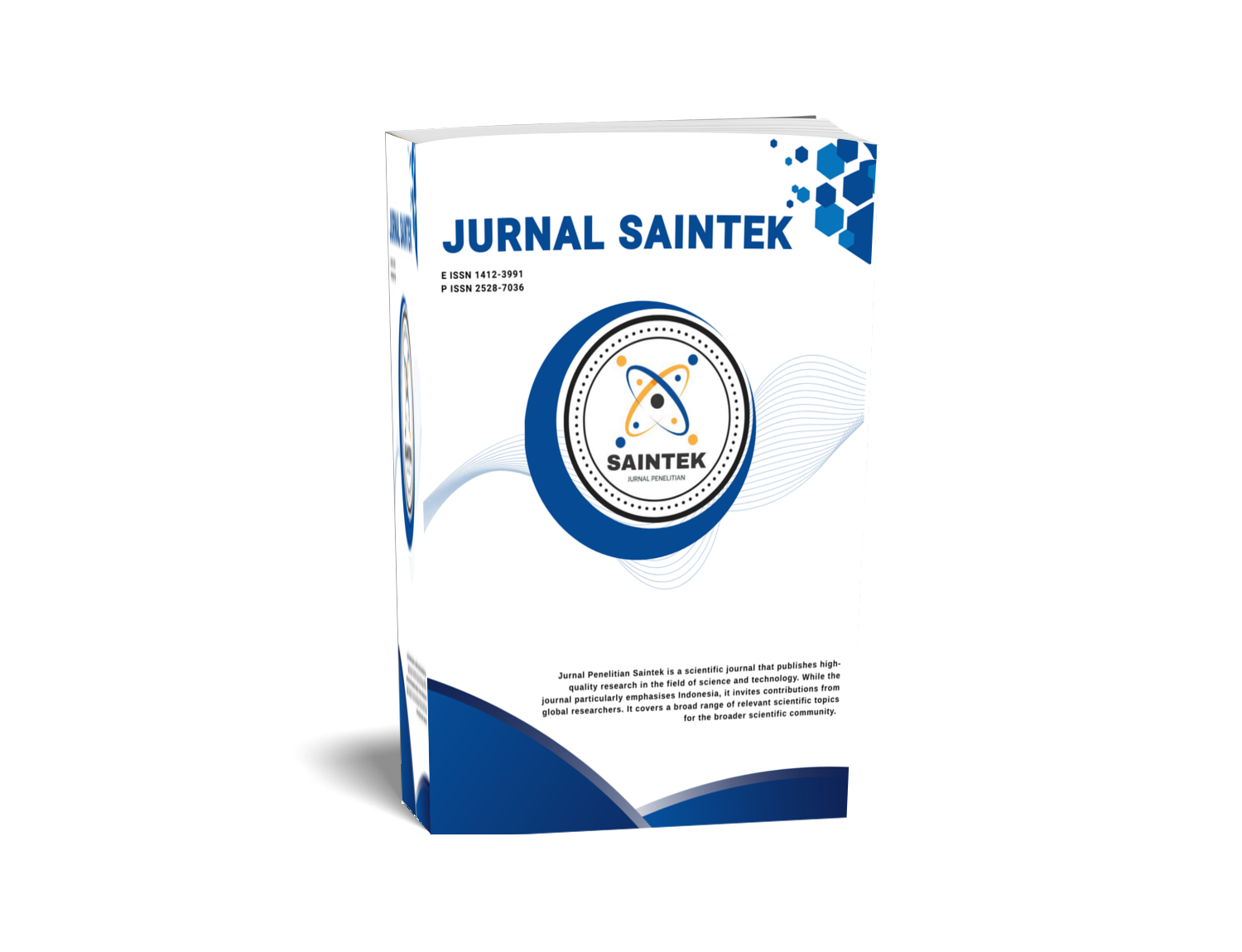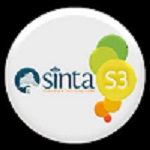EVALUATION OF RADIATION FIELD VERIFICATION IN BREAST CANCER USING INTENSITY MODULATED RADIOTHERAPY TECHNIQUE ON DIFFERENT FRACTIONS
DOI:
https://doi.org/10.21831/jps.v22i1.14700Keywords:
Field Coordinate of Irradiation, Verification, IMRT, Breast cancerAbstract
References
American Cancer Society. (2015) Breast cancer facts & figures 2015-2016. Atlanta: American Cancer Society, Inc.
Beckham, W. A., Popescu, C. C., Patenaude, V. V., Wai, E. S., & Olivotto, I. A. (2007). Is multibeam IMRT better than standard treatment for patients with left-sided breast cancer? International Journal of Radiation Oncology* Biology*Physics, 69(3), 918-924. http://www.sciencedirect.com/science/article/pii/S0360301607011789.
Court, L. E., Balter, P., & Mohan, R. (2015). Principles of IMRT. Dalam Y. Nishimura & R. Komako (Eds.), Intensity-modulated radiation therapy (pp. 15-42). Diunduh dari http://www.springer.com/gp/book/9784431554851.
Fletcher, G. H. (1980). Textbook of radio-therapy (3rd ed.). Philadelphia: Lea & Febiger.
Kavanagh, B. D., & Timmerman, R. D. (2005). Stereotactic body radiation therapy. Philadelphia: Lippincott Williams & Wilkins.
Key, T. J., Verkasalo, P. K., & Banks, E. (2001). Epidemiology of breast cancer. The lancet oncology, 2(3), 133-140.
Klein, E. E., Hanley, J., Bayouth, J., Yin, F. F., Simon, W., Dresser, S., ... & Liu, C. (2009). Task Group 142 report: Quality assurance of medical accelerators. Medical physics, 36(9), 4197-4212. Diunduh dari http://rpc.mdanderson.org/rpc/home_page/files/TG-142%20-%20QA%20of%20medical%20accelerators.pdf.
Ling, T. C., Slater, J. M., Nookala, P., Mifflin, R., Grove, R., Ly, A. M., ... & Yang, G. Y. (2014). Analysis of intensity-modulated radiation therapy (IMRT), proton and 3D conformal radiotherapy (3D-CRT) for reducing perioperative cardiopulmonary complications in esophageal cancer patients. Cancers, 6(4), 2356-2368. Diunduh dari http://www.mdpi.com/2072-6694/6/4/2356/htm.
Marta, G. N., Hanna, S. A., & Gadia, R. (2014). Treatment with intensity-modulated radiation therapy (IMRT) for breast cancer. Revista da Associaí§í£o Médica Brasileira, 60(6), 508-511.
Metcalfe, P., Kron, T., & Hoban, P. (2012). The physics of radiotherapy X-rays and electrons. Madison, Wisconsin: Medical Physics Pub Corp.
Podgorsak, E. B. (2005). Radiation oncology physics: A handbook for teachers and students. Vienna: International Atomic Energy Agency.
Scarfe, W. C., & Farman, A. G. (2008). What is cone-beam CT and how does it work? Dental Clinics of North America, 52(4), 707-730. Diunduh dari https://s3.amazonaws.com/academia.edu.documents/32485989/cbct_how_does_it_work_scarfe_et_al_2008.pdf?
Susworo. (2007). Dasar-dasar radioterapi. Jakarta: Universitas Indonesia.
Downloads
Published
How to Cite
Issue
Section
Citation Check
License
Who Can Submit?
Any individual may submit an original manuscript for consideration for publication in Jurnal Penelitian Saintek as long as they hold the copyright to the work or are authorized by the copyright owner(s) to submit it. Authors retain initial ownership of the copyrights to their works prior to publication, except in cases where, as a condition of employment, they have agreed to transfer copyright to their employer.
User Rights
Jurnal Penelitian Saintek is an Open Access journal. Users are granted the right to read, download, copy, distribute, print, search, or link to the full texts of articles, provided they comply with the conditions of the Creative Commons Attribution-ShareAlike License 4.0 (CC BY-SA 4.0).
https://creativecommons.org/licenses/by-sa/4.0/
Author Rights
Authors retains copyrights.
Jurnal Penelitian Saintek by http://journal.uny.ac.id/index.php/saintek is licensed under a Creative Commons Attribution-ShareAlike 4.0 International License.









